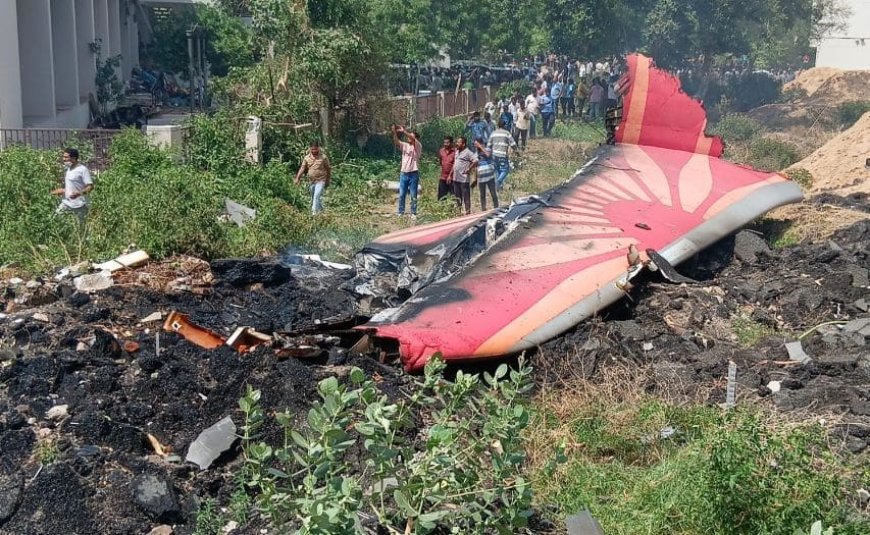Air India Crash: Why Plane Struggled to Stay Airborne Revealed in Simulation
Investigation into the Air India crash suggests dual engine failure may have caused the Boeing Dreamliner 787 to lose altitude. Pilots reenacted the flight in a simulator, ruling out some factors. Focus now shifts to technical failure as a possible cause. Data extraction from black boxes underway. Tata Sons actively involved in relief efforts for those affected.

Video footage of the aircraft showed the plane was struggling to gain altitude after taking off. The investigation into the London-bound Air India plane that crashed soon after taking off from the Ahmedabad airport suggests that dual engine failure may have prevented the Boeing Dreamliner 787 from staying airborne. The crash resulted in the loss of at least 270 lives, including all but one of the 242 passengers and crew members on board the flight AI-171 bound for London Gatwick on June 12.
A report by Bloomberg mentioned that pilots reenacted the aircraft's parameters in a flight simulator, including with the landing gear deployed and the wing flaps retracted, and found that those settings alone did not cause a crash. The simulated flight was conducted separately from the official probe led by India's Aircraft Accident Investigation Bureau (AAIB). Reports suggest that AAIB may release its first official report and preliminary findings later this week or early next week.
An analysis of the wreckage indicated that the wing flaps and slats, crucial for increasing lift during takeoff, were extended correctly. However, these settings alone did not lead to the crash, shifting the focus to a possible technical failure as one of the causes.
The aircraft was powered by two engines made by General Electric Co. The video footage showed the plane struggling to gain altitude after takeoff and then descending back to the ground, where it exploded. The pilots sent out a Mayday signal shortly after takeoff, with only about 15 seconds between the distress call and impact. Teams from Boeing and the US National Transportation Safety Board are assisting in the investigation on the ground.
The process of data extraction from the black boxes began on June 24 with a team of Indian and US experts, including members from the US National Transportation Safety Board (NTSB). The civil aviation ministry mentioned that the Crash Protection Module (CPM) from the front black box was safely retrieved, and the memory module's data was successfully downloaded at the AAIB lab on June 25, 2025.
Meanwhile, Tata Sons held its first board meeting after the Air India plane crash, where chairman N Chandrasekaran briefed the group leadership about the tragedy. Chandrasekaran updated the board on the relief efforts and other initiatives undertaken by the group since the incident. Tata Sons will collaborate with its majority shareholder Tata Trusts to further the relief efforts for those affected by the tragedy.
According to the source: Moneycontrol.
What's Your Reaction?
 Like
0
Like
0
 Dislike
0
Dislike
0
 Love
0
Love
0
 Funny
0
Funny
0
 Angry
0
Angry
0
 Sad
0
Sad
0
 Wow
0
Wow
0






























































































































































